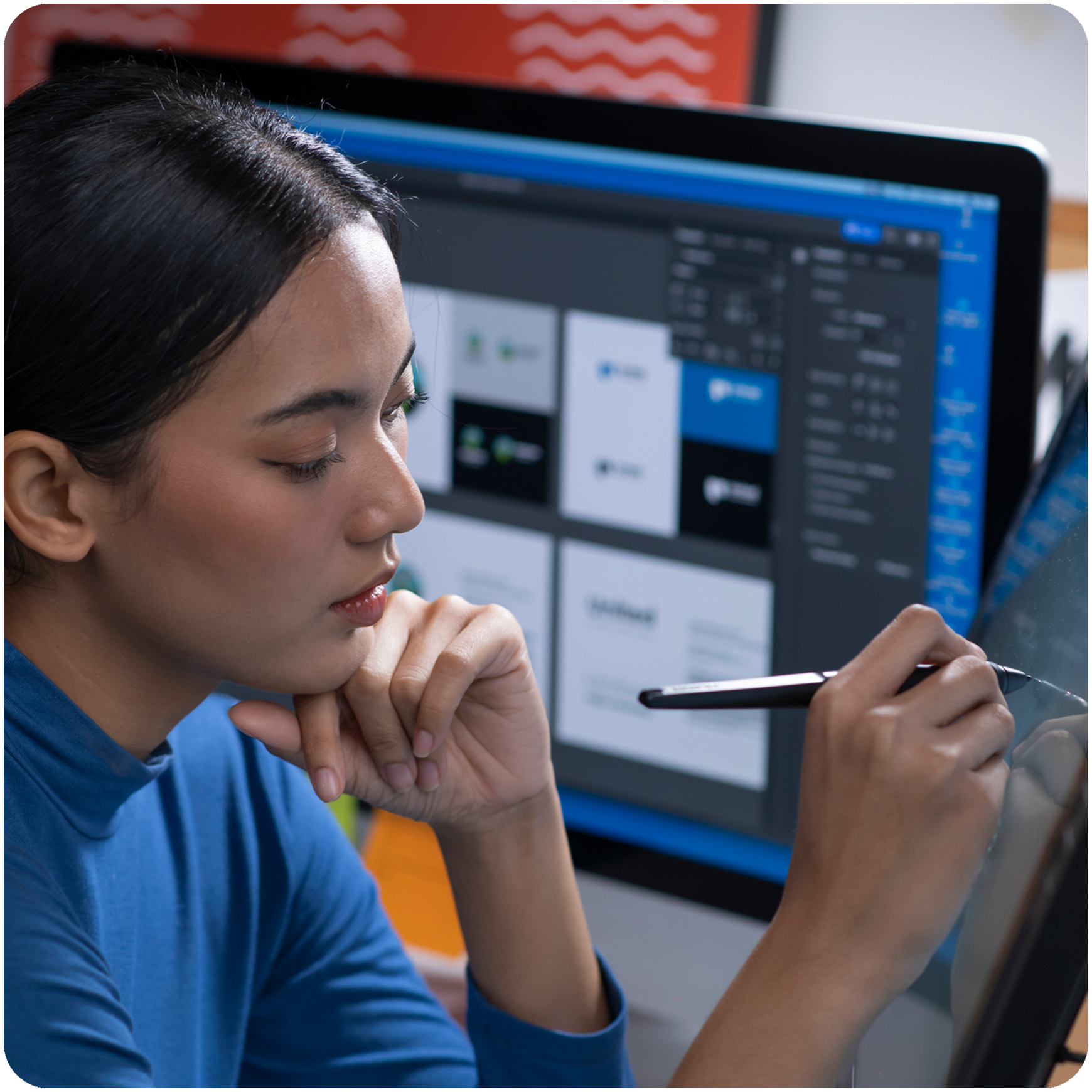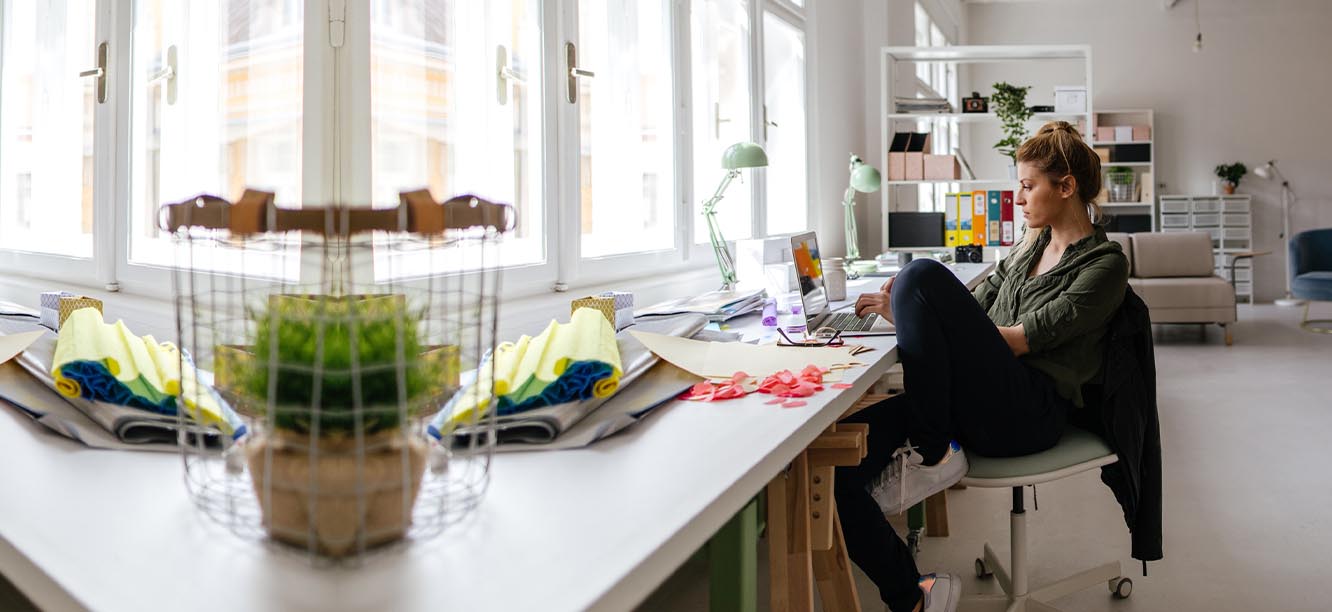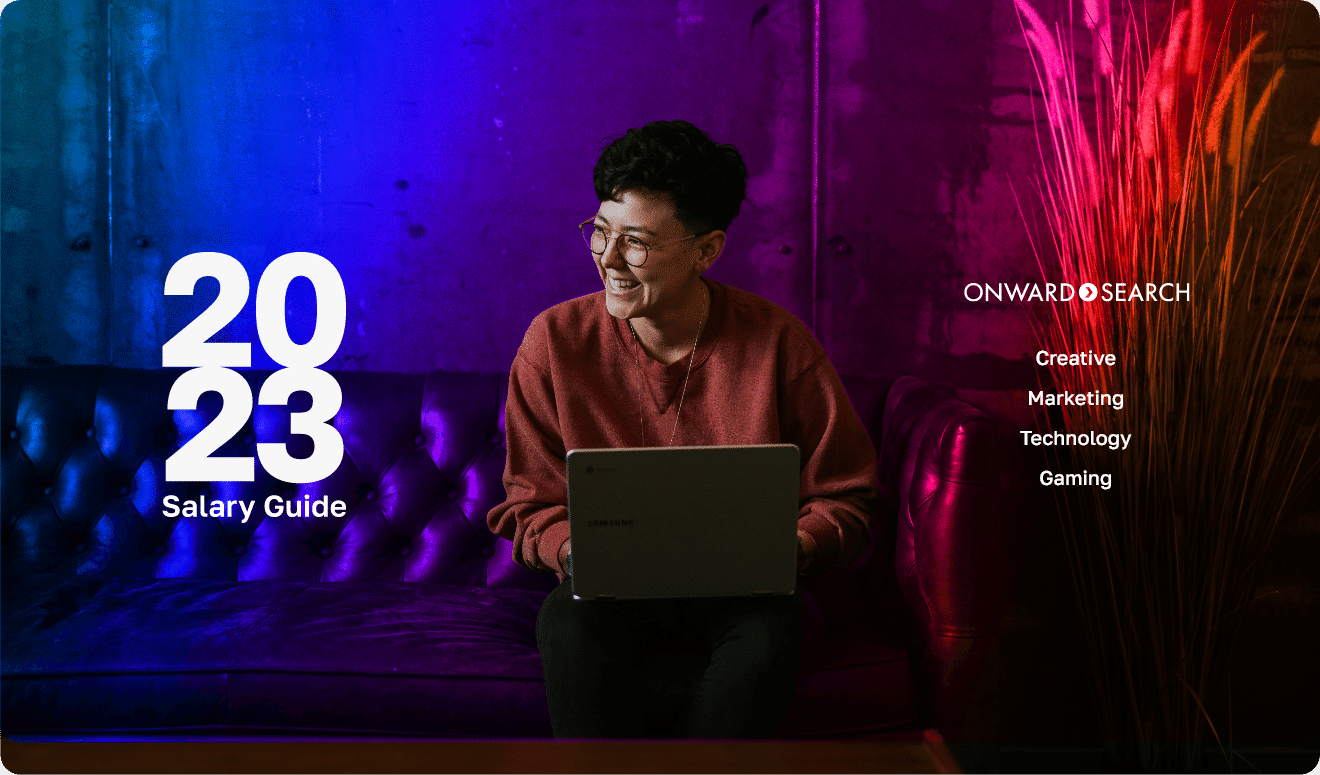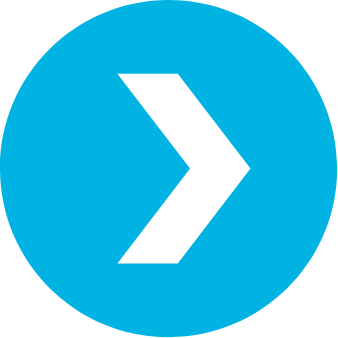Career Resources for Designers
We don’t just hire designers; we empower them.

Design Careers
Design is a dynamic and creative field that spans various industries, focusing on problem-solving through creativity and innovation. As a designer, you'll have the chance to collaborate with multidisciplinary teams, leverage cutting-edge technologies, and contribute to shaping the way we perceive and interact with the world around us.
From graphic design that shapes visual identities, user experience (UX) and user interface (UI) design that enhance digital interactions, to industrial design that molds tangible products, and even architectural design that shapes our built environments – every corner of the design world presents an opportunity to make a meaningful impact.
With a passion for blending imagination with practicality, creating visually stunning and user-centric outcomes, and being at the forefront of innovation, a career in design could be your gateway to a fulfilling and ever-evolving professional journey.

Designer Jobs
[display_jobs format="carousel" sortby="1" job-professions="1~5~6"]Top 20 Markets for Design Jobs
The demand for design professionals has been increasing across various cities in the United States. While the specific rankings may vary depending on different factors, these are 20 markets known for having strong design job opportunities:
1. San Francisco, California
2. New York City, New York
3. Los Angeles, California
4. Seattle, Washington
5. Boston, Massachusetts
6. Chicago, Illinois
7. Austin, Texas
8. Portland, Oregon
9. Washington, D.C.
10. Denver, Colorado
11. Minneapolis, Minnesota
12. Atlanta, Georgia
13. Raleigh, North Carolina
14. San Diego, California
15. Miami, Florida
16. Philadelphia, Pennsylvania
17. Detroit, Michigan
18. Dallas, Texas
19. Salt Lake City, Utah
20. Phoenix, Arizona
Skillsets for Design Professionals
These are a list of skillsets and abilities employers look for in designers.
Creativity
The ability to generate original and innovative ideas that drive design solutions.
Visual Communication
Proficiency in conveying ideas and messages through visual elements, such as typography, color, and layout.
Problem-Solving
A knack for identifying challenges and finding effective and creative solutions to address them.
User-Centered Design
Focusing on the needs, behaviors, and preferences of users to create designs that offer a seamless and engaging experience.
Technical Proficiency
Mastery of design software and tools relevant to your field, such as Adobe Creative Suite, Sketch, Figma, etc.
Typography
Understanding the art of typefaces, fonts, and their visual impact in design compositions.
UI/UX Design
Skill in creating user interfaces that are both visually appealing and user-friendly, enhancing the overall user experience.
Digital Illustration
The ability to create original illustrations and artwork using digital tools.
Prototyping
Creating interactive prototypes to test and refine design concepts and user interactions.
Animation
Skill in adding motion and interactivity to designs, enhancing user engagement.
Attention to Detail
A keen eye for precision and accuracy in design elements.
Time Management
Efficiently managing project timelines and deadlines to deliver high-quality work on time.
Collaboration
Working effectively with multidisciplinary teams, clients, and stakeholders to bring design projects to fruition.
Research and Analysis
Conducting user research, market analysis, and competitor studies to inform design decisions.
Brand Identity
Crafting consistent and compelling brand identities that convey a company's values and personality.
Print Design
Proficiency in creating designs for various print mediums, such as brochures, posters, and packaging.
Spatial Design
Skill in designing physical spaces, environments, and structures with aesthetics and functionality in mind.
Coding and Development
Basic understanding of coding languages like HTML and CSS can be valuable, especially for web and interactive designers.
3D Modeling
Proficiency in creating three-dimensional models and renderings for products or environments.
Adaptability
Being open to learning and embracing new design trends, technologies, and methodologies to stay relevant and competitive.
Your Search Ends Here
View exclusive job opportunities at the nation’s leading companies.










